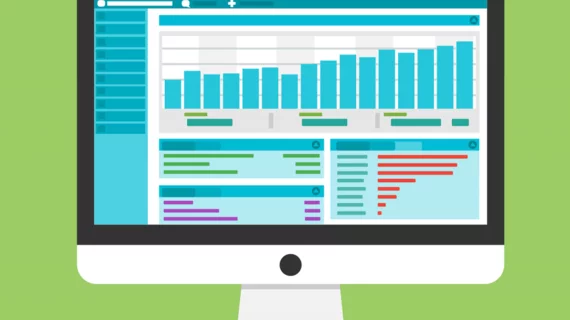How radiologists studying health disparities can find the data they need
Research into health disparities has seen significant growth in the last few decades, and academic radiologists have been a part of that trend. But how can these specialists track disparities in imaging utilization if they don’t have the right data?
A new analysis published by Academic Radiology addressed this issue, pointing out that researchers often face an uphill battle when forced to rely exclusively on external data sources.
“Researchers using data from their own practice or healthcare system often have a robust set of patient demographic and insurance information, such as age, gender, ethnicity, and payer type, at their disposal, whereas researchers relying upon external data sources such as medical billing data or other third party datasets are reliant upon the specific data collected,” wrote author Danny R. Hughes, PhD, of the Georgia Institute of Technology in Atlanta and the Harvey L. Neiman Health Policy Institute. “Access to these kinds of data sources is frequently limited because of privacy concerns, availability of information technology resources, or the cost of data acquisition.”
Hughes described this as a “key challenge for radiologist researchers,” but he also made it clear that plenty of public datasets do exist—you just have to know where to look and how to use the available data to your advantage.
To start, Hughes explained, researchers must determine the kinds of data they want. And appropriate data for any given study is determined primarily by two things: the study’s “unit of analysis” and the researcher’s specific research question.
“The unit of analysis refers to the level of data required to investigate the research question,” Hughes wrote. “This entails determining whether the study question is best explored through data that have been aggregated by some dimension or individual level data. Aggregate data are often compiled by geographic divisions, for example, states, counties, or hospital referral regions.”
To come up with the specific research question, researchers have to consider both their motivations and whether the disparities are the primary thing being studied or just one part of a larger studied. “The majority of imaging-specific research questions fit the mold of ‘does utilization of modality X for patients with condition Y vary by population factor Z?’” Hughes wrote.
Hughes then provided a long list of publicly available datasets that radiologists can use for health disparities research. Some resources, such as the U.S. Census Bureau’s American Community Survey and Kaiser Family Foundation State Health Facts, don’t have specific imaging data readily available, but are still helpful for any specialist’s research. Others, like the Medicare Geographic Variation Public Use File and Neiman Almanac, do offer specific imaging data.
There are also two national surveys that have been made publicly available: The Centers for Disease Control and Prevention’s Behavioral Risk Factor Surveillance System and the Medical Expenditure Panel Survey.
“As identifying and reducing health disparities continues to grow in importance in the national health policy debate, it is vital for radiologist researchers to become engaged to ensure the development of evidence-based policy,” Hughes concluded.

